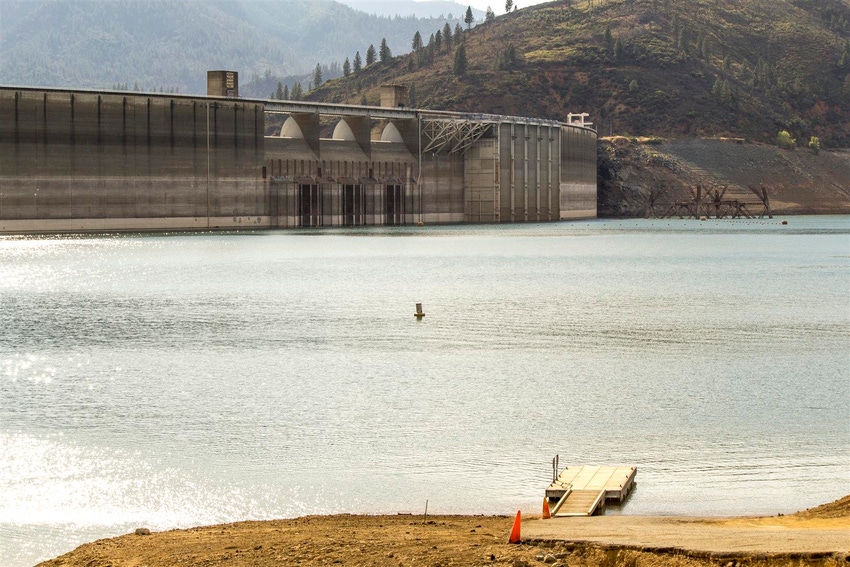
Earlier this week a water rally spearheaded by a California assemblyman drew an estimated 1,000 people to the north steps of the State Capitol. Not coincidentally, the event fell one day before the State Water Resources Control Board was set to take over one million acre feet of water from three California rivers for fish restoration in the Delta.
Since it’s been reported that a similar amount of water may be sent to southern California through the proposed twin tunnels that Gov. Brown wants to build, and Metropolitan Water District agreed to help fund, one can rightly say that the move is simply a shell-game akin to games the Legislature pays with new special taxes said to augment General Fund contributions to help fund things like roads and schools, but I digress.
I’m told the move by the water board was cooked up years ago, waiting for just the right time to be served. It doesn’t matter that within the past year farmers, irrigation districts, school districts, and others – armed with scientific and economic studies – complained in unison that the idea will “decimate local communities.”
Now it appears the water board has kicked the can again, conveniently until after the November election, to formalize its decision.
I spoke with Assemblyman Adam Gray, D-Merced, at the water rally. Gray hopes to gather enough support from colleagues to perhaps make a difference.
Though Gray belongs to the majority party in Sacramento, I’m also told that he does not always follow the party line. Several years ago Gray was pulled off a state committee by then-Assembly Speaker Toni Atkins after a committee vote on a water bill Gray sponsored apparently did not go as party leaders desired.
From the sounds of it, Gray rightly represents his constituents first – a novel idea in today’s world of politics.
While lawsuits are said to be pending the water board’s decision, the Trump Administration is now involved, according to The Sacramento Bee. Apparently the Bureau of Reclamation – until recently a curse-word used by federal water contractors denied irrigation water in the past several years – formally told California it wants to renegotiate a 1986 agreement between the state and feds on how water is moved and allocated.
According to The Bee, the feds want the state to pony up more water from the State Water Project for environmental restoration. How this impacts thirsty urban users in southern California and whether it provides more water to San Joaquin Valley farmers who now view 40 percent Central Valley Project deliveries as a full-allocation remains to be seen.
If this happens Lake Oroville may become a much larger player in Delta restoration flows, which could significantly impact Feather River flows currently used for irrigating northern California crops. At the very least California water officials should rethink how they manage the large reservoir, which they’ve let slip to 47 percent of capacity because of needed repairs to the spillway that failed in early 2017.
Stay tuned as I wade further into murky waters and chat with other water leaders on California’s water issues. As I learn more, so will you.
About the Author(s)
You May Also Like






